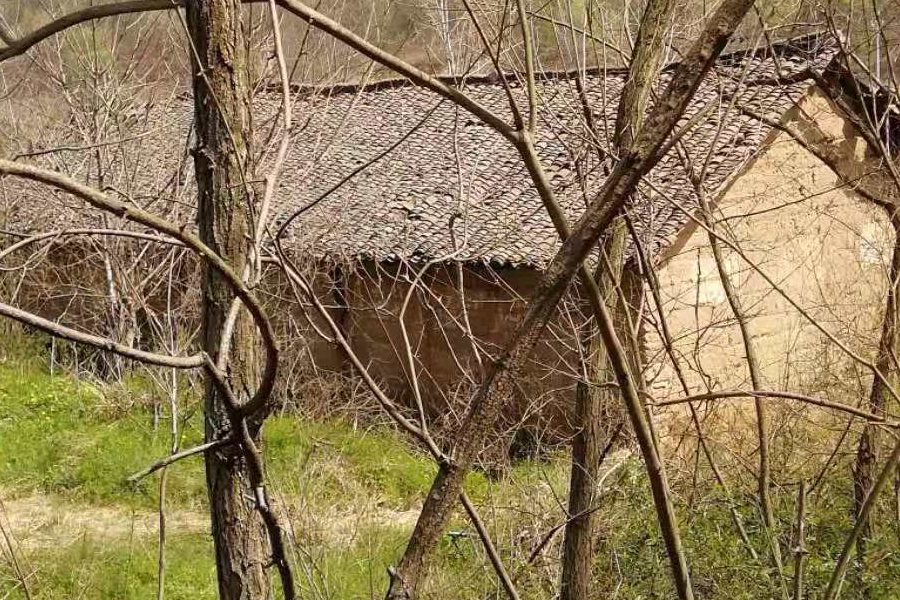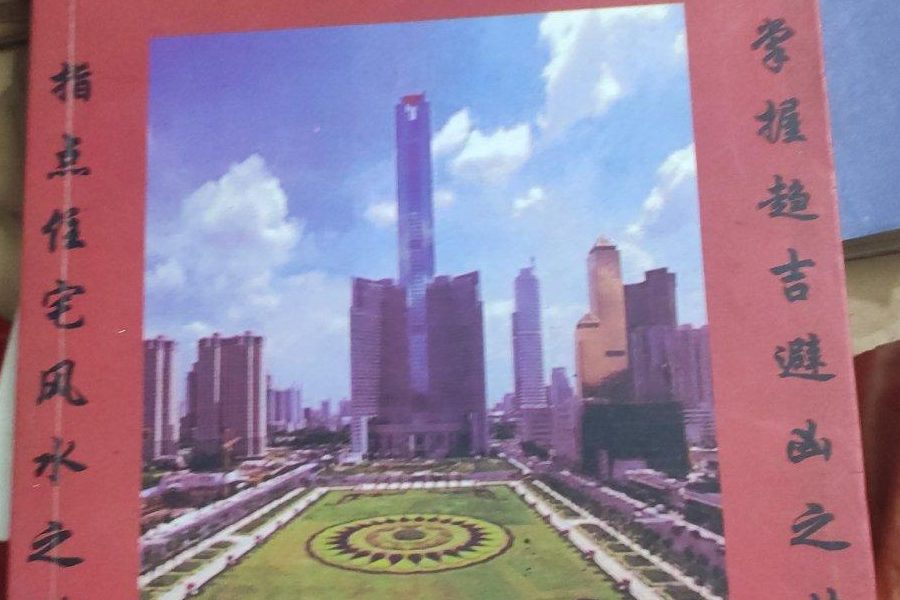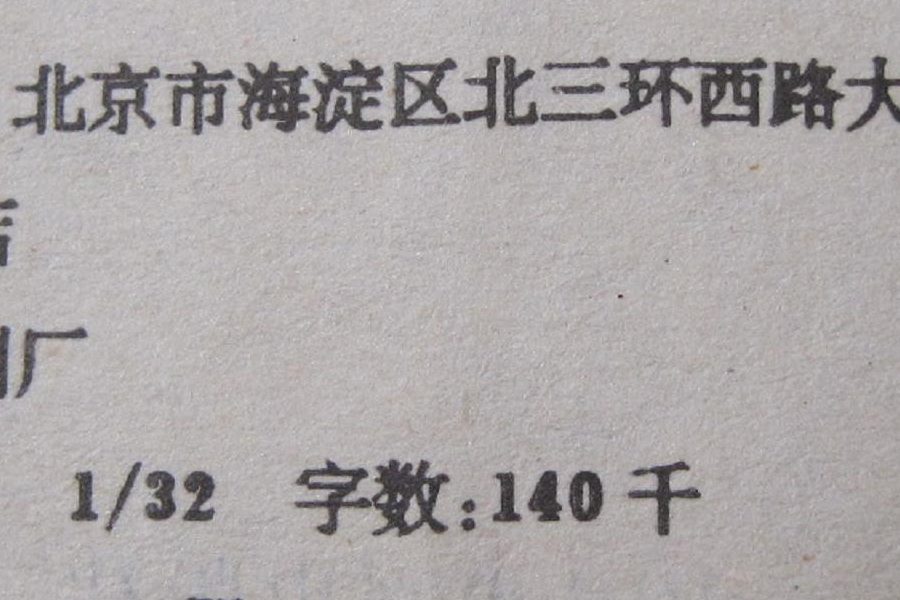. This concept integrates waste treatment, resource recovery, alternative fuels, and energy generation to shift from fossil- d linear economies to circular economies. Although the traditional linear economies have resulted in rapid economic growth, b

主讲人 : Abdul-Sattar Nizami
A waste-driven factory is intended to valorize waste sources as renewable feedstock to recover value-added chemicals, materials, alternative fuels, and energy. This concept integrates waste treatment, resource recovery, alternative fuels, and energy generation to shift from fossil- d linear economies to circular economies. Although the traditional linear economies have resulted in rapid economic growth, but this has increased the cost of increasing energy demands, environmental pollution, and climate change. The Paris COP21 summit has recently set out a roadmap to reduce greenhouse gases (GHGs) emissions to keep global warming to well below 2oC . Like global warming, the tremendous waste generation and its unsustainable disposal have emerged as a potential threat to our civilization. It is estimated that the current waste generation rate will escalate by three times by 2025. Traditional waste remediation methods involve waste removal from collection points and disposal in designated dumping sites where waste valorization to generate energy and other value-added products is rarely performed. These sites have become a major source of GHGs emissions contributing to climate change. As a result, nations now focus on treating or refining waste instead of disposing, striving to recover energy and value-added products from waste to achieve a circular economy. In better words, using closed-loop waste bioprocessing units, the inherent net positive energy contained in solid, liquid, and gaseous wastes is harnessed and utilized as energy carriers. Despite their promising features, these individual processing technologies cannot handle the huge volume of waste at a single platform to achieve zero waste concept. They suffer from limited efficiencies and high capital and maintenance costs. Therefore, if these waste processing or waste-to-energy technologies could be integrated through the under-one-roof concept of a waste biorefinery in China, a significant part of wastes can be treated by various specialized techniques, while their outputs (heat, power, and fuel) could suffice the operating requirements of each other. An array of products including heat, power, fuel, and value-added chemicals, enzymes, and materials would be available, not only to run the waste-driven factory by itself but to support the national electric grids, vehicular gas stations, combined heat and power (CHP) units, and domestic heating and industrial furnaces. However, such waste-driven factories overall sustainability should be assessed through various tools, including product space model (PSM), life cycle assessment (LCA), life cycle impact assessment (LCIA), and exergy.
主讲人简介:
Dr. Abdul-Sattar Nizami has a master of science in engineering from the Chalmers University of Technology, Sweden. He has a Ph.D. in sustainable gaseous biofuel from University College Cork, Ireland. He worked at the University of Toronto, Canada as a postdoctoral fellow on alternative fuels and life cycle studies. Later, he served as an assistant professor and head of Solid Waste Management Unit at the Center of Excellence in Environmental Studies (CEES) of King Abdulaziz University, Jeddah, Saudi Arabia. Dr. Abdul-Sattar Nizami is one of the top 2% scientists worldwide, the senior editor in Renewable & Sustainable Energy Reviews (Elsevier - IF 14.98), associate editor in Energy & Environment (Sage - IF 2.95), associate editor in Frontiers in Energy Research (Frontiers, IF 4.008), co-editor-in-chief in Elsevier Book Series on Biomass and Biofuels, selected as a role model by US times higher education world university rankings, a fellow of Irish Research Stimulus Fund and associate professor at Sustainable Development Study Centre (SDSC), Government College University Lahore.
Dr. Abdul-Sattar Nizami has published over 150 papers on renewable energy, alternative fuels, waste-to-energy, catalytic pyrolysis, anaerobic digestion, and resource recovery. He has delivered 36 invited talks to various national and international forums. His work is cited more than 8300 times in the peer-review press, with a total impact factor of more than 800 and H-index of 48.
 向奕鸣:专注阳宅风水与墓地风水堪舆!
向奕鸣:专注阳宅风水与墓地风水堪舆!








